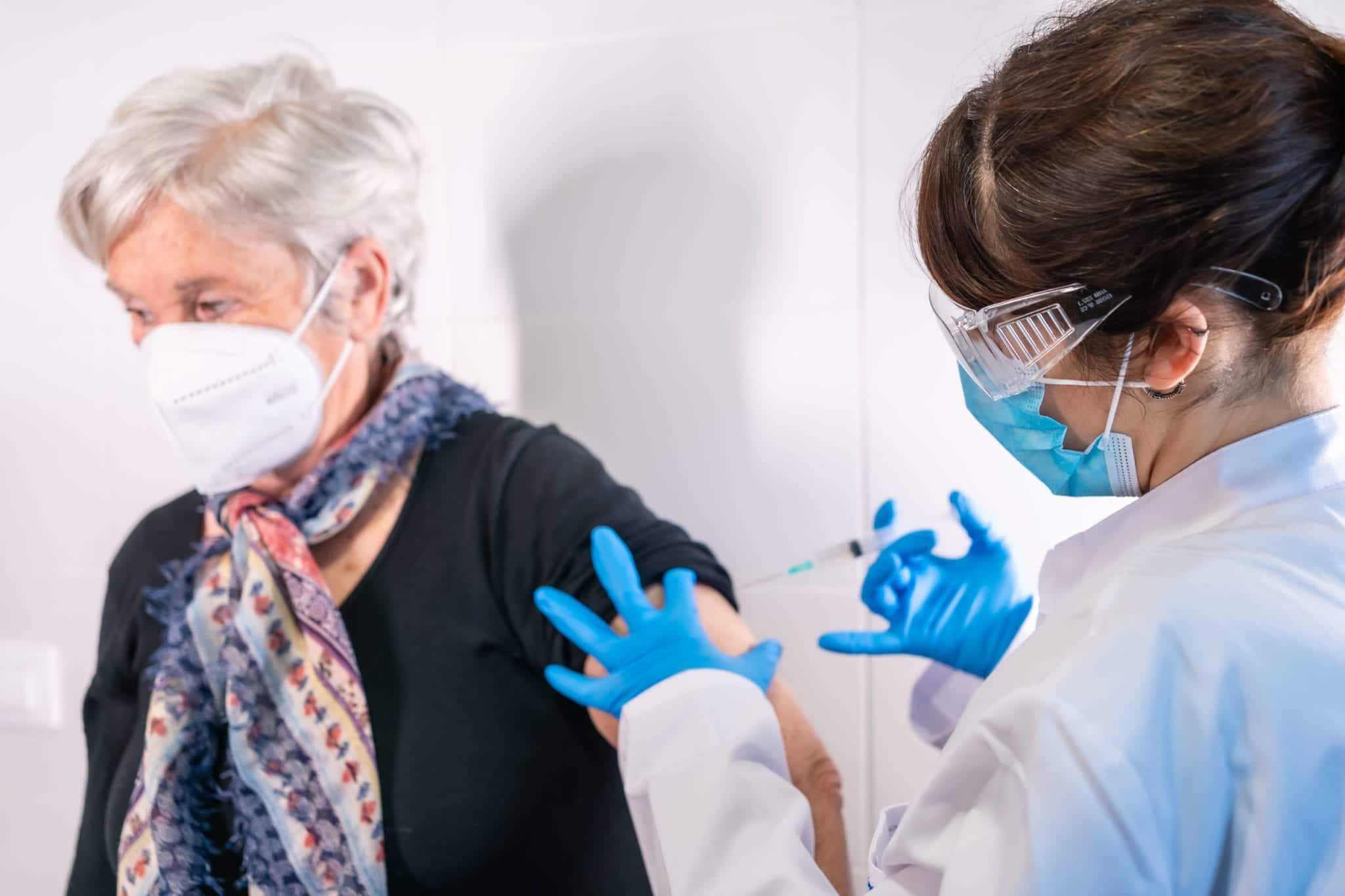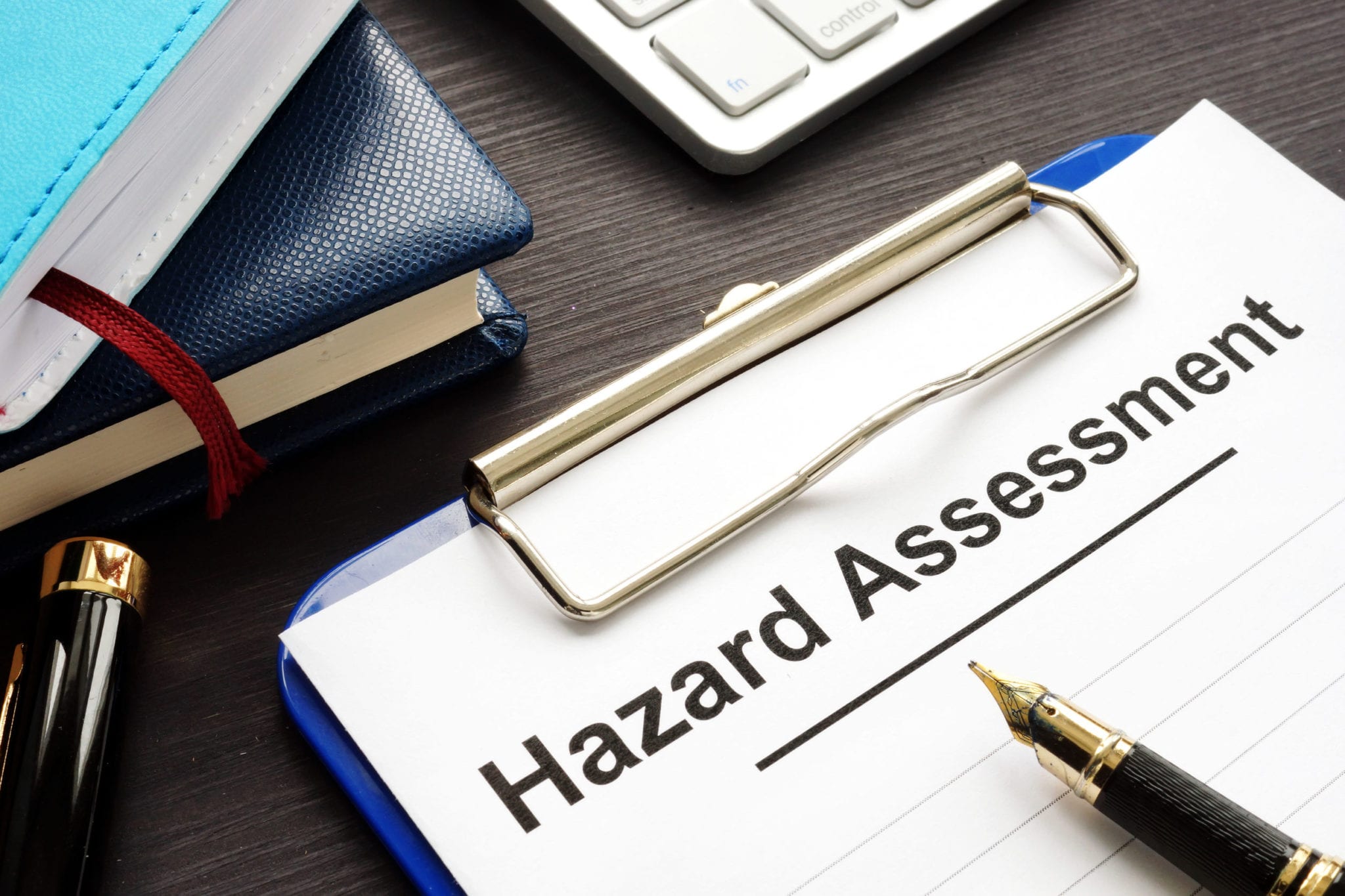OSHA Laws: Florida Man Dies on a Helicopter Job
Helicopter crashes are tragic but, unfortunately, not completely uncommon. That’s because the margin of errors is so slim and the responsibilities of those who are involved so high, that when accidents happen, they can be devastating.
For these very reasons, the National Transportation Safety Board investigates helicopter crashes so thoroughly.
In December of 2020, a Florida helicopter pilot crashed in Mississippi. It is yet unknown what went wrong but it will be thoroughly investigated, to find out what went wrong.
Here’s what you need to know about how helicopter crashes are investigated and how regulations play a role in determining who is responsible for the crash.
The Challenges of Helicopter Flight
Helicopters are unlike other aircraft. They give pilots a lot of freedom, allowing them to move up and down and side to side in a matter of seconds.
They also happen to operate closer to the ground than other aircraft, which often makes for problems when it comes to safety.
These aircraft are also challenging to operate and take a lot of skill from the pilot to do so safely and avoid accidents.
A helicopter’s small size doesn’t provide a lot of protection when things do go wrong and they are more likely than any other type of aircraft to be involved in an accident that can result in the death or serious injury to one or more occupants.
How Helicopter Crashes are Investigated
Helicopter crashes are investigated by the National Transportation Safety Board, which was formed specifically to, among other things, investigate accidents involving aviation, such as helicopter crashes. They work with the Federal Aviation Administration to ensure safety in the skies.
When a crash occurs, the NTSB is notified and a team of experts is sent to investigate the crash. They collect evidence and gather data for every aspect involved in the crash, specifically:
- Systems – This includes aircraft components, hydraulics, and electrical systems.
- Structures – This includes the scene and wreckage.
- Powerplants – The propellers and engine components.
- Air traffic control – Any communications between the aircraft and air traffic control.
- Human performance – Investigate for obvious human errors made in piloting.
- Survival factors – If anyone survived the crash, then how it happened, gathered through interviews with survivors.
After the team collects the information they need from the crash site, then the component pieces of the aircraft are gathered from the scene and taken away.
They will be sent to appropriate facilities or labs for testing or to further examine them. In some cases, the aircraft is even reconstructed to help better understand what may have happened to cause the crash. A report is then produced that details the cause of the crash from the investigation.
The Common Causes of Helicopter Accidents
There are three factors that tend to contribute to severe helicopter accidents. They are design flaws, mechanical malfunctions, and insufficient pilot training. Get details about each of these common causes of helicopter accidents below.
Design Flaws
The components of a helicopter must be designed to withstand demanding and harsh conditions with a lot of stress placed upon them. If something was designed poorly and couldn’t withstand conditions, then it can fail during the operation of the helicopter and cause a crash.
Mechanical Malfunctions
It’s important for crews to properly maintain helicopters and making sure they operate safely. A mechanic cannot detect every problem, but improper maintenance can contribute to a crash.
Insufficient Pilot Training
Unfortunately, human error is a large driver of accidents. That’s why pilots are required to be properly trained and licensed in order to operate a helicopter safely, especially if there’s an emergency and a malfunction occurs. If the pilot isn’t provided sufficient training, then they may not know what to do when something does go wrong.
Where OSHA Comes In
OSHA, the Occupational Safety and Health Administration that is a division of the Department of Labor, is tasked with the safety and health of workers.
They accomplish this by setting up and enforcing safety standards for all types of work, including aspects of working with helicopters.
They not only work to set and enforce standards, but they also help to provide safety training, educate workers, and reach out to them to be involved in constantly making improvements in the workplace to ensure safety and health.
OSHA has standards that apply to working with helicopters and regulations they ask people to comply with for their safety.
They often join with the Federal Aviation Administration to work on regulations. If OSHA’s regulations are not observed in the workplace and an accident occurs, then that can place the employer at risk of negligence for the safety of its workers.
About the Author:
Andrew Winston is a partner at the personal injury law firm of Winston Law. For over 20 years, he has successfully represented countless people in all kinds of personal injury cases, with a particular focus on child injury, legal malpractice, and premises liability. He has been recognized for excellence in the representation of injured clients by admission to the Million Dollar Advocates Forum and named one of America’s Top 100 High-Stakes Litigators. Mr. Winston is AV Preeminent Rated by the Martindale-Hubbell Law Directory, enjoys a 10.0 rating by AVVO as a Top Personal Injury Attorney, has been selected as a Florida “SuperLawyer” from 2011-2020 – an honor reserved for the top 5% of lawyers in the state – was voted to Florida Trend’s ”Legal Elite,” recognized by Expertise as one of the 20 Best Fort Lauderdale personal injury attorneys, named one of the Top 100 Lawyers in the Miami area for 2015-2017, and one of the Top 100 Lawyers in Florida for 2015-2017 and 2019.
 Florida Wrongful Death Claims Subject to “Discovery Rule”
Florida Wrongful Death Claims Subject to “Discovery Rule” 


















